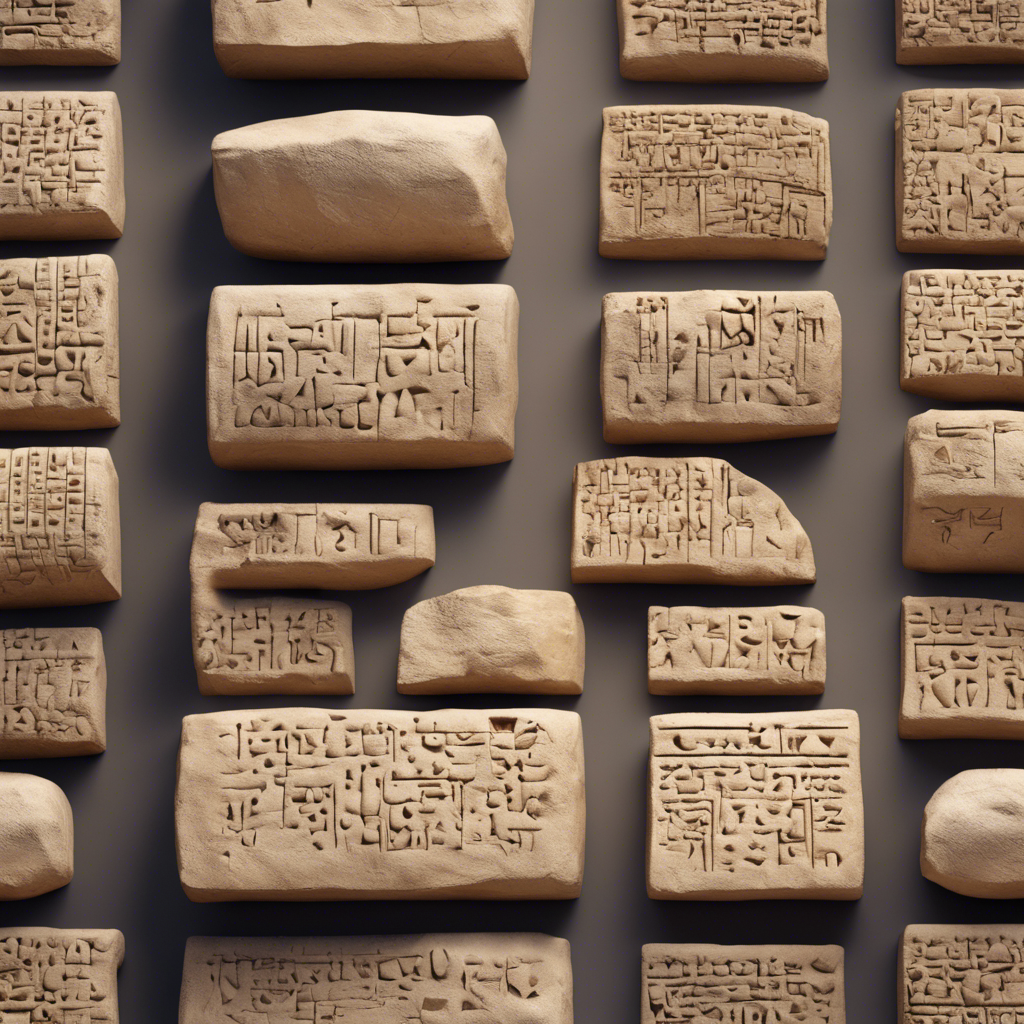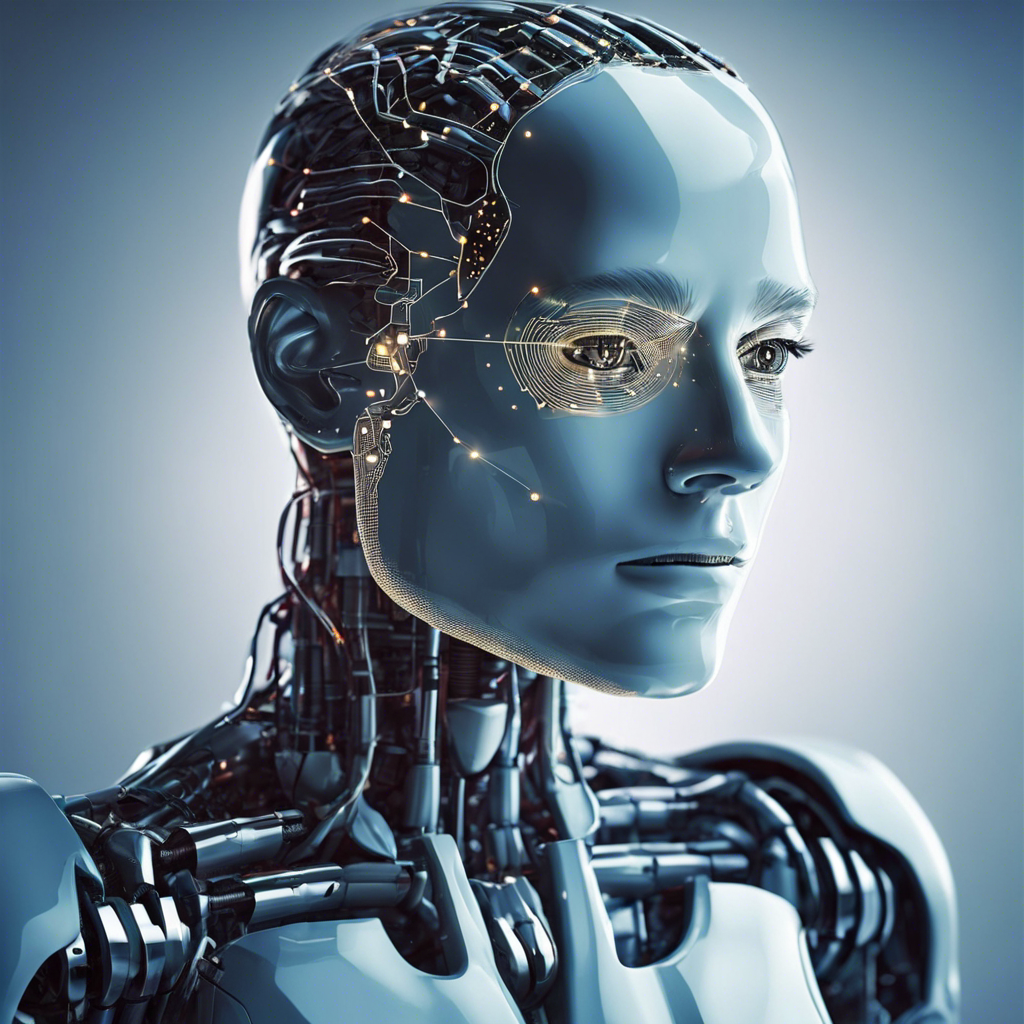Researchers from Martin Luther University Halle-Wittenberg, Johannes Gutenberg University Mainz, and Mainz University of Applied Sciences have developed an AI system capable of decoding ancient cuneiform texts, shedding new light on humanity’s earliest forms of writing.
Ancient cuneiform tablets, originating from Mesopotamia, have long fascinated historians and archaeologists. These tablets, inscribed with symbols and wedges representing languages like Sumerian, Assyrian, and Akkadian, offer a window into the daily lives and legal matters of ancient civilizations. However, deciphering these weathered tablets has proven challenging even for experts. In a groundbreaking study published in The Eurographics Association journal, a team of researchers has harnessed the power of artificial intelligence (AI) and 3D models to unravel the secrets of cuneiform writing.
The Challenge of Deciphering Ancient Cuneiform Tablets
The cuneiform tablets in question are over 5,000 years old and provide invaluable insights into human history. However, due to their age and deterioration, deciphering the texts has been a formidable task. Even trained experts struggle to make sense of the symbols and signs on these tablets, which range from shopping lists to court rulings. Traditional optical character recognition software (OCR) has limitations when applied to cuneiform tablets, as lighting conditions and viewing angles significantly affect character identification.
Leveraging AI and 3D Models for Decoding
To overcome these challenges, the research team turned to AI and 3D models. They developed a sophisticated AI model based on the Region-based Convolutional Neural Network (R-CNN) architecture, specifically designed for object recognition. The researchers utilized a unique dataset consisting of 3D models of 1,977 cuneiform tablets, with detailed annotations of 21,000 cuneiform signs and 4,700 wedges.
The AI Pipeline for Decoding Cuneiform Tablets
The AI decoding process involved a two-part pipeline. First, a sign detector based on a RepPoints model with a ResNet18 backbone identified the cuneiform characters on the tablets. This step was crucial for accurately locating the signs. Subsequently, a wedge detector using Point R-CNN with advanced features like Feature Pyramid Network (FPN) and RoI Align classified and predicted the positions of the wedges, which form the fundamental elements of the cuneiform script.
Overcoming the Limitations of 2D Photographs
Unlike traditional 2D photographs, the AI system leveraged the depth and measurements provided by 3D scans of the tablets. By analyzing factors such as the impression depth made by the stylus into the clay and the distance between symbols and wedges, the AI was able to overcome challenges like inconsistent lighting and color distractions. This nuanced approach enabled a more accurate analysis of the ancient texts.
Training the AI System with 3D Models
To train the AI system, the research team utilized extensive three-dimensional scans and supplemental data. The Mainz University of Applied Sciences played a significant role in providing a substantial portion of this data, as they lead a project focused on creating 3D models of ancient clay tablets. This training regimen resulted in the AI system achieving remarkable success in accurately identifying the symbols inscribed on the tablets.
Conclusion:
The unveiling of an AI system capable of deciphering ancient cuneiform texts using 3D models marks a significant milestone in understanding humanity’s earliest forms of writing. This breakthrough not only democratizes access to these ancient records but also opens up new avenues for research, allowing for broader analysis and interpretation of historical texts. With further advancements, this technology could potentially be applied to other three-dimensional scripts, expanding our understanding of ancient civilizations and their languages.











